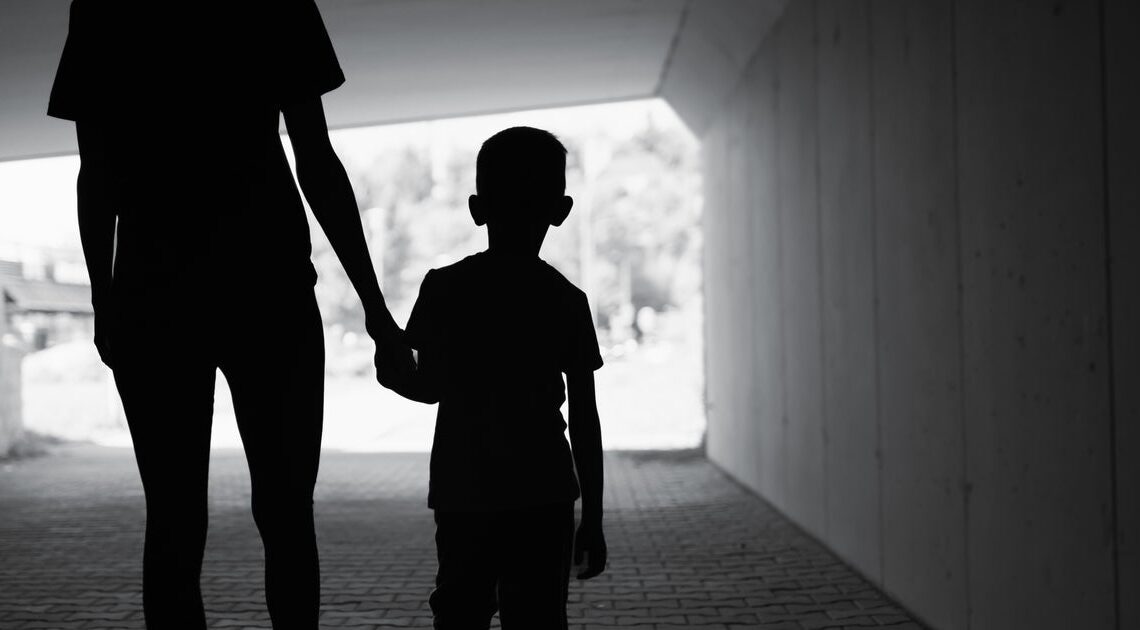
Most Americans don’t earn enough to afford basic costs of living, analysis finds
14. May 2025
The gap between what Americans earn and how much they need to bring in to achieve a basic standard of living is growing, according to a new report.
The analysis, from the Ludwig Institute for Shared Economic Prosperity (LISEP), looks beyond whether people can afford daily necessities like food and shelter to consider whether they have the means to pay for things like the technology tools necessary for work, higher education, and health and child care costs.
In tracking costs associated with what the group calls a “basket of American dream essentials,” LISEP says its Minimal Quality of Life index provides a truer picture of how Americans are faring than standard economic data, such as the nation’s gross domestic product and jobless rate.
“We analyze these components not just in terms of financial figures but as crucial elements that shape a family’s capability to achieve a desirable standard of living,” the group explains in a paper describing its approach.
The findings? For the bottom 60% of U.S. households, a “minimal quality of life” is out of reach, according to the group, a research organization focused on improving lower earners’ economic well-being.
“The middle class has been declining — we just haven’t recognized it fully,” LISEP Chairman Gene Ludwig told CBS MoneyWatch. “It’s really dangerous because it’s the kind of thing that leads to social unrest, and it’s not fair. The American dream is not that it’s given to you — it’s that if you work hard, you have a chance to get ahead and achieve the things in life that you want to achieve. It’s not living in a tent, not having to steal.”
Peering beneath the surface
By those standards, the lowest-earning Americans around the U.S. are falling well short, according to LISEP. These households, which in 2023 earned an average of $38,000 per year, would need to make $67,000 to afford the items the group tracks as part of its index, which also includes professional clothing and basic leisure activities.
“Traditional headline economic indicators like GDP and unemployment tell us the economy is thriving, but they don’t reflect the lived reality of most Americans,” Ludwig said in a statement. “Americans are working harder than ever, fueling our economic growth, but the benefits of that hard work are not being distributed in a way that supports upward mobility for too many middle- and low-income Americans.”
From 2001 to 2023, the cost of affording what amounts to a basic level of economic security doubled, according to LISEP’s analysis. Housing and health care costs surged, while the amount of savings required to attend an in-state, public university soared 122%.
Meanwhile, median earnings for the bottom 60% of income earners fell 4% over that span when adjusting for the cost of goods tracked by the group’s index, according to LISEP. Income growth for these households has also lagged, rising 0.37% per year during the same period — less than half as much as for the top 40% of earners, the group found.
The gap between how much low-income families earn and how much they need to afford a minimum cost of living is expected to keep widening, Ludwig told CBS MoneyWatch.
“Unfortunately, it is growing because the items that go into the basket of goods and services that make the minimal quality of life are inflating at a higher rate than wages are inflating,” he said.